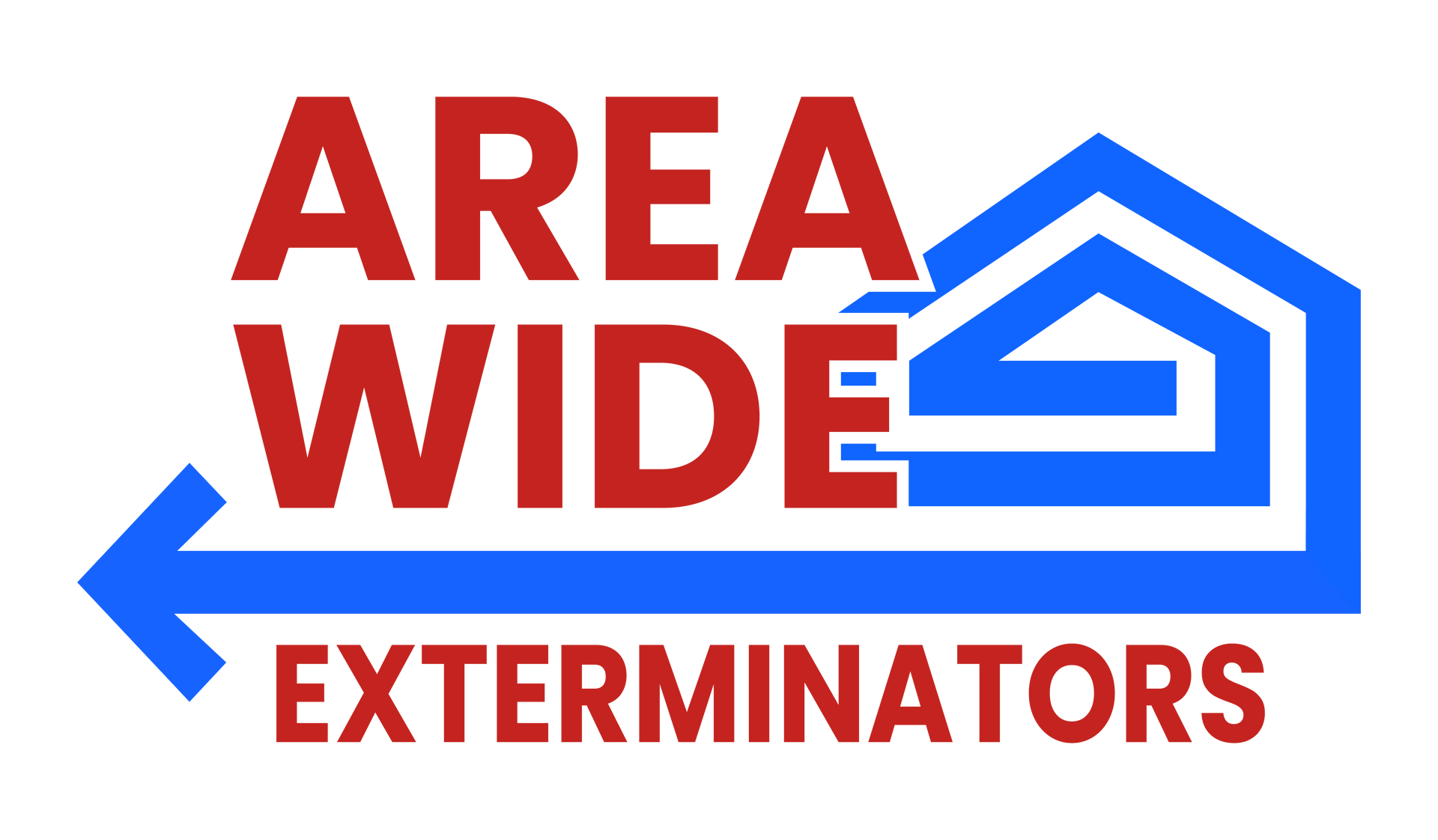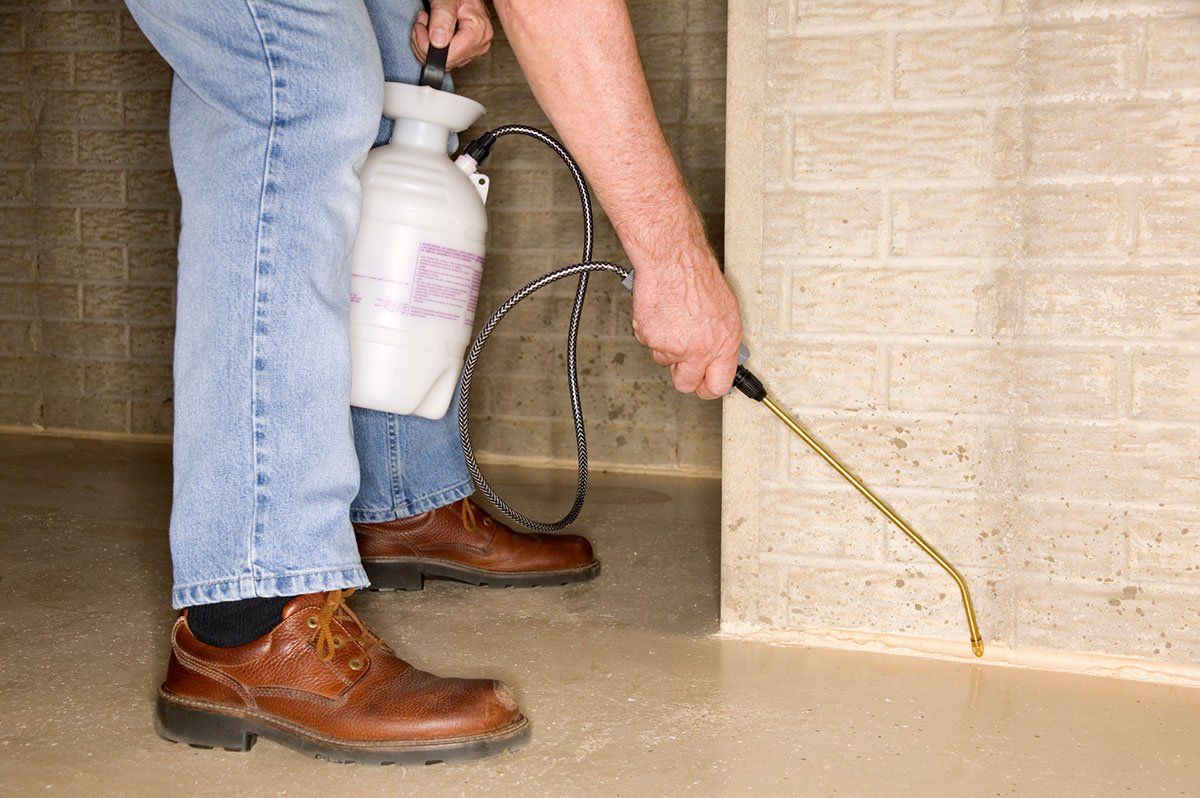Could It Be Bedbugs? A Homeowner's Guide To Detecting And Treating An Infestation
You've heard about bed bug infestations being on the rise, but you never thought that it would happen to your house. Now, you have discovered another red mark on your arm and are wondering if your recent hotel stay might have led to an infestation.
Unfortunately, traveling places you at greater risk for a bed bug infestation. Yet, it can happen to anyone. Bed bugs can hitch a ride on your clothing, shoes or even used furniture that you bring home from the resale shop. When you suspect an infestation, use these tips to take action to eliminate bed bugs from your home.
Recognize the Signs of a Bite Reaction
Bed bugs are most active at night, which is why people tend to find that they really do lurk around their beds. When a bed bug feeds, they use a long beak-like structure to pierce the skin and extract blood. Once the feeding is done, the bed bug crawls away, which is why you can wake up with bites without ever seeing a bug.
It is important to understand that not everyone reacts to bed bug bites. However, people who do may find red welts on their skin that look similar to a mosquito bite. Since bed bugs tend to feed several times, these bites may be in little rows of three or more.
For some people, the bites can trigger an allergic reaction that involves extreme itchiness, rashes and skin infections from scratching. Severe allergic reactions can result in anaphylaxis that requires emergency medical treatment. It is also common for sufferers to experience anxiety regarding the bed bugs that interferes with sleep.
Know What a Bed Bug Looks Like
Bed bugs are commonly mistaken for fleas and other indoor pests that feed on humans. For this reason, it is important to know for sure what type of pest you are dealing with. Unlike fleas, bed bugs do not jump. They also cannot fly. Instead, they simply crawl from their nesting site, which is normally close to where they feed.
Bed bugs are small, brown insects that have flat bodies. They have been described as being close to the same size and shape as an apple seed. After feeding, they may appear larger and have a reddish hue. Their eggs are around the size of a pinhead, and their whitish color makes them hard to spot.
Inspect Around Common Hiding Areas
Finding bed bugs takes a little detective work, but it is possible to spot some signs once a true infestation has taken hold. In addition to spotting the actual bugs, you may find their eggs or small, black specks of their feces along your mattress and in places where the bed bugs hide.
As you inspect for bed bugs, be sure to check the seams of any furniture in the room. You may also find these pests lurking behind wallpaper, in the corners of your dresser drawers and even in electrical appliances.
Find the Appropriate Treatment
Although it is tempting to start tossing everything out when you find a bed bug, the truth is that this is not necessary. Naturally, bed bug infestations are easier to treat when they are caught early, but professional treatment methods allow you to keep the majority of your belongings even when you have a heavy infestation.
The first thing that your professional pest technician will do is make sure that the pest is correctly identified. Once bed bugs are confirmed, they will then provide you with options for removal such as using pesticides, heat treatments or vacuuming techniques. In some instances, all three options may be used.
Discovering a bed bug problem always feels like a nightmare come true, but there is no need to lose sleep over it. At Area-Wide Exterminators, we understand the importance of a good night's rest so contact us to get rid of your bed bug issue today.






